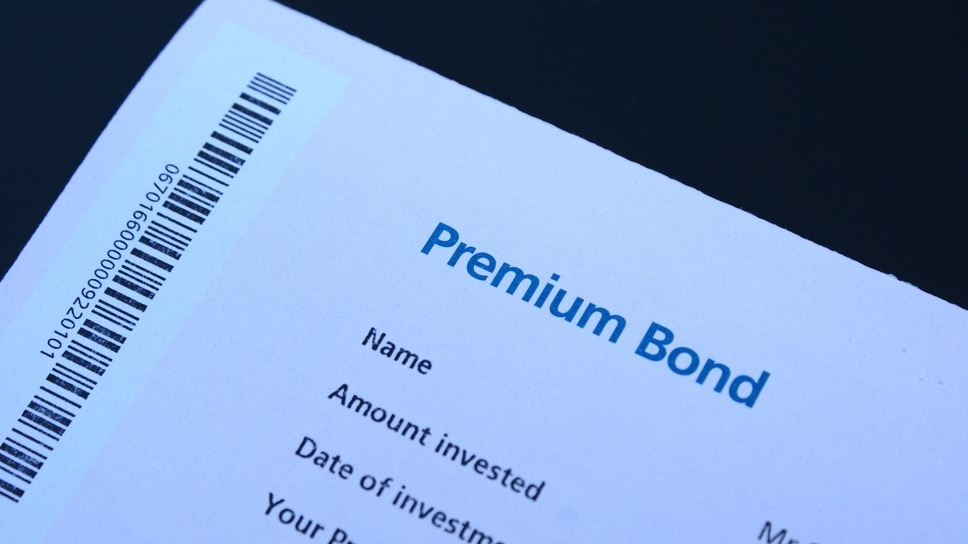Offering a real-world example:
For someone aged 65 with a total private pension fund of £100,000, buying an annuity now will increase annual payments by 3%, and is guaranteed for five years to give an annuity in the region of £3,600 per annum. If they are married, it would make sense to provide for their spouse on death. In which case, the annuity will come down further to around £3,000 per annum.
Looking at the UK State Pension, you must have paid National Insurance contributions for 35 years to qualify for the maximum UK State Pension. Unsurprisingly, many retirees do not qualify for the maximum. The combination of poor annuity rates and State Pension deficiencies means that the number of people who will retire in the next 10-15 years on an income well below their needs is increasing rapidly. It is imperative therefore that those not yet in receipt of payments from their small pension pots act now to avoid potential hardship in retirement.
Types of small pension pots
There are several types of pension schemes, including final salary, defined benefit schemes and personal pension plans. If you have the latter, your eventual annuity/pension income will depend very much on the value of your accumulated small pension pots when you retire. It is very common, especially when leaving the UK, to ‘forget’ about these pension funds and, instead, rely on the insurance company or pension provider to be actively managing your fund for you. When the size of the fund is relatively small then it is very easy to stop monitoring closely.
Of course, the closer we get to retirement, the less time we have available to make changes that will make a significant difference. In addition, a lot of frozen, paid-up pensions are either invested in outdated With Profits Funds or managed funds that simply plod along at a rate less than inflation.
Small pension pot options
If you’re wondering what to do with a small pension pot, rather than ignoring it and letting it trickle along at a slow rate, consider investing in a far more dynamic way. Instead, writing them off as they will only provide a few hundred pounds a year annuity, you should instead invest them in ways that you would not normally consider for the bulk of your savings.
How many small pension pots can I cash in?
You must firstly find a QROPS or SIPP provider that can offer you an account which is affordable in relation to the amount invested. If you have, for example, five separate small pension pots totalling £60,000 then most QROPS are unsuitable due to costs. This is because there is a maximum of three small pension pots, worth up to £10,000 each, that you can cash in at once. There are however ‘light’ versions and many SIPPs that will allow you to amalgamate your pension funds into one account therefore becoming more cost effective.
A final word on boosting your small pension pots
In summary, allowing your total pension fund of say £60,000 to plod along making 1% a year is clearly inadequate. Inflation is running at over 3% so investing your money in this way will merely erode your pension pot and in turn the annuity you can purchase when you retire. Instead, you should look to grow the value of your pot and boost your retirement income. How this is invested depends a lot on how many years you have until you retire. If you are in your early 50s, you can look to take a more aggressive approach. If, however, you have less than five years until retirement age then a far more cautious approach should be adopted as preserving the capital should be your priority.
For further information on how to turn dormant small pension pots into successful ones and, in turn, how to enhance your retirement income, please contact us for a no-obligation review of your existing pension funds.
Disclaimer: This communication is not intended to constitute, and should not be construed as, investment advice, investment recommendations or investment research. You should seek advice form a professional adviser before embarking on any financial planning activity.
This communication is for informational purposes only and is not intended to constitute, and should not be construed as, investment advice, investment recommendations or investment research. You should seek advice from a professional adviser before embarking on any financial planning activity. Whilst every effort has been made to ensure the information contained in this communication is correct, we are not responsible for any errors or omissions.

 Once again the NS&I (National Savings and Investments) are about to cut the returns they give to Premium Bond holders. The returns they give are already poor and to reduce them further is a travesty considering the many loyal supporters Premium Bonds have.
Once again the NS&I (National Savings and Investments) are about to cut the returns they give to Premium Bond holders. The returns they give are already poor and to reduce them further is a travesty considering the many loyal supporters Premium Bonds have. To make the most of the rest of the year, one important wealth management question you should be asking yourself now is how diversified do you need your investment portfolio to be.
To make the most of the rest of the year, one important wealth management question you should be asking yourself now is how diversified do you need your investment portfolio to be.